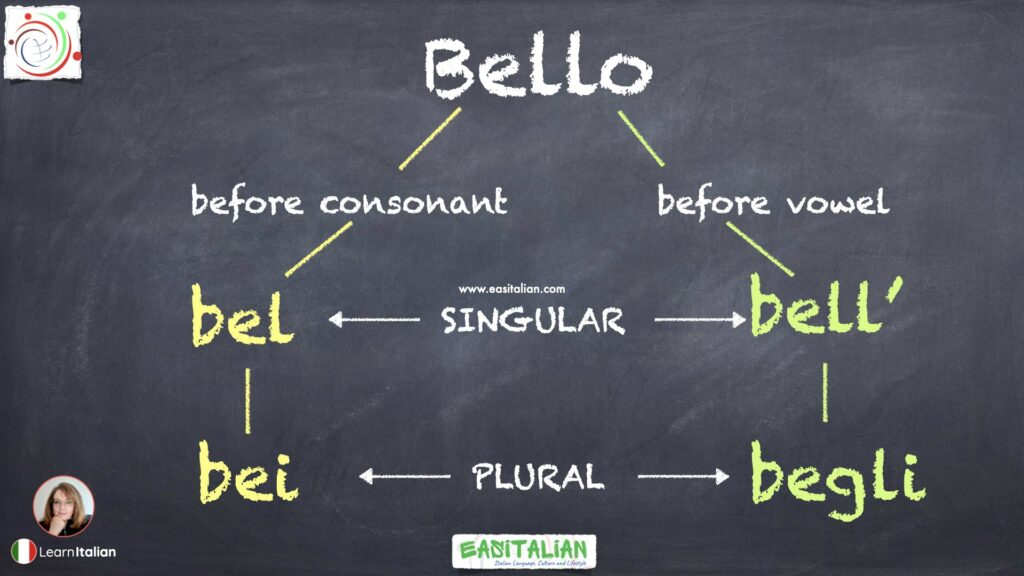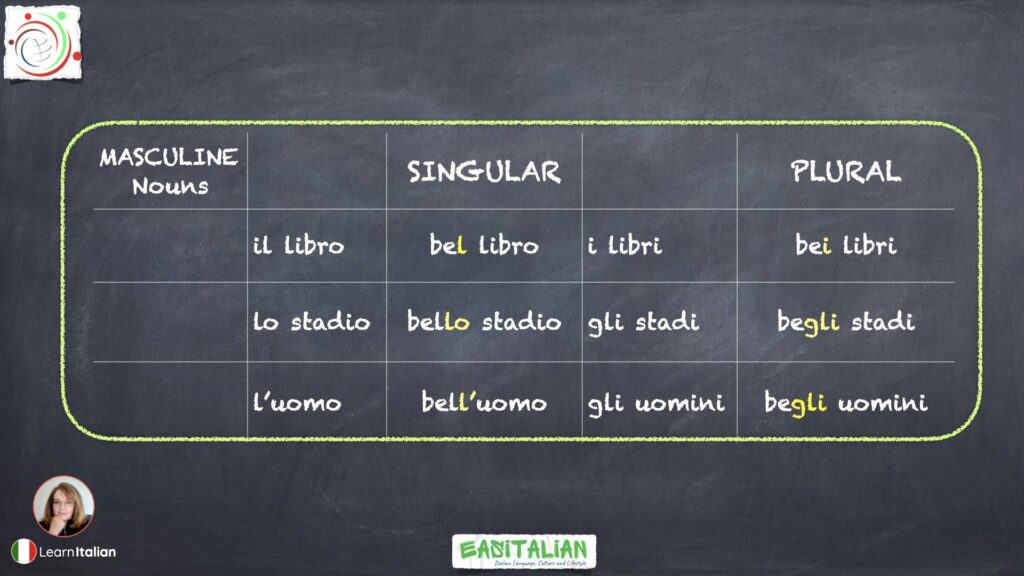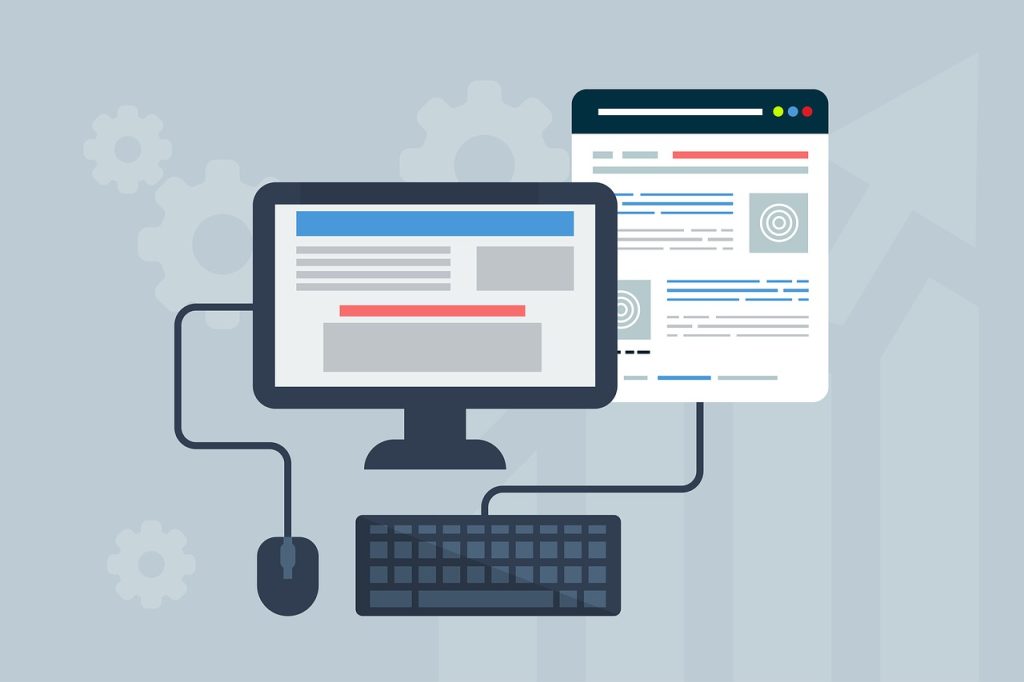Adjectives in Italian are frequently used after nouns. Bello and buono are also used before nouns. In this post, you’ll learn how to use the Italian Adjectives BELLO & BUONO to avoid mistakes.
ADJECTIVE BELLO
‘Bello’ primarily refers to beauty, aesthetics, or attractiveness. Here’s how to use it effectively:
- Describing People: ‘Bello’ is often used to describe people who are physically attractive. For example, “Laura è una bella ragazza molto bella” means “Laura is a very beautiful girl.”
- Describing Places: Use ‘bello’ to portray the beauty of landscapes, cities, or locations. “L’Italia è un bel paese” translates to “Italy is a beautiful country.”
- Describing Things: It can also be applied to objects or items when emphasizing their beauty. “Ho comprato un bel vestito” means “I bought a beautiful dress.”
You can use this adjective either before or after a noun. When used in front of nouns, bello behaves differently and follows the definite article rule.
Look at this examples:
- Laura è una bella ragazza
- Laura è una ragazza bella
- L’Italia è un paese bello
- LItalia è un bel paese
- Ho comprato un vestito bello
- Ho comprato un bel vestito
As you can see, the examples that use a masculine noun change the adjective’s “bello” form.
When a noun starts with a consonant, bello becomes bel. When a word starts with a vowel, the adjective “bello” is apostrophized and becomes Bell‘. Bei is the plural form of bel, while begli is the plural form of bell’.
- Bello is shortened to bel when a noun starts with a consonant, with the exception of s+consonanx and/or z/ps/gn/.
- Bello is apostrophized when a noun starts with a vowel.

Do not make this mistake.
✅ un libro bello – correct
❌ un bello libro – incorrect
✅ un bel libro – correct
More Examples:
- un uomo bello
but - un bell’uomo
The plural form of bel is bei and the plural form of bell’ is begli
due bei libri ➠ due begli uomini
To help you remember how to use the adjective BELLO, you might refer to the rule you learned about using the determinative articles.
⚠️ The only exception is the article “il” because the adjective “bello” just needs the “l“.

| MASCULINE NOUNS | SINGULAR | PLURAL | ||
|---|---|---|---|---|
| il libro | bel libro | i libri | bei libri | |
| lo stadio | bello stadio | gli stadi | begli stadi | |
| l’uomo | bell’uomo | gli uomini | begli uomini |
❗️Bella, the feminine adjective, works similarly to all other adjectives.
| SINGULAR | PLURAL | ||||
| FEMININE | la ragazza | la bella ragazza | le ragazze | le belle ragazze | |
| l’idea | la bella idea | le idee | le belle idee |
Adjective BUONO
“Buono” primarily denotes goodness, both in terms of taste and moral character. Here’s how to savour its usage:
- Describing Food: ‘Buono’ is often used to describe delicious or tasty food. “Questa pizza è buona” means “This pizza is very good (tasty).”
- Expressing Moral Character: It can also be used to convey someone’s moral goodness. “Lui è un bun uomo” translates to “He is a good (morally upright) man.”
- Emphasizing Quality: ‘Buono’ can highlight the quality or suitability of something. “Questo è buon libro per imparare l’italiano” means “This book is good for learning Italian.”
When the adjective Buono comes before nouns, acts differently and follows the definite article rules.
Buono is shortened to buon when a masculine noun begins with a consonant or a vowel. Buono is used with masculine nouns starting with s+consonant, z, ps, gn and x.
The plural form is always Buoni.
Examples:
- un buon libro
- un buon film
- un buon uomo
- un buono studente
Do not make this mistake.
✅ un dolce buono – correct
❌ un buono dolce – incorrect
✅ un buon dolce – correct
| SINGULAR | ||
| MASCULINE | Un bambino Uno studente | Un buon bambino Un buono studente |
| FEMININE | Una ragazza Un’amica | Una buona ragazza Una buon’ amica |
If BELLO and BUONO come after a noun, they follow the regular adjective rule.

What’s next?
You might want to keep learning Italian online with these free resources:









Leave a Reply